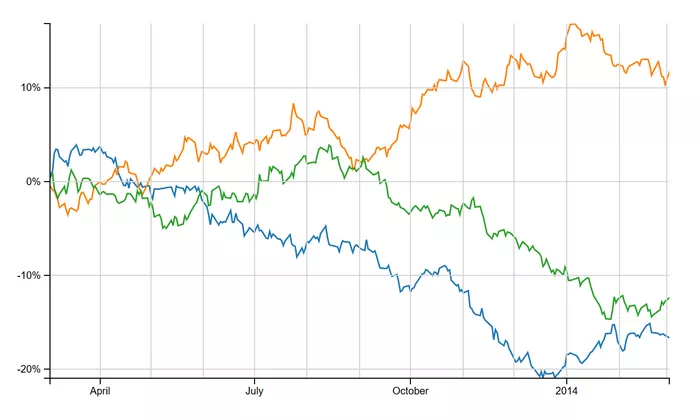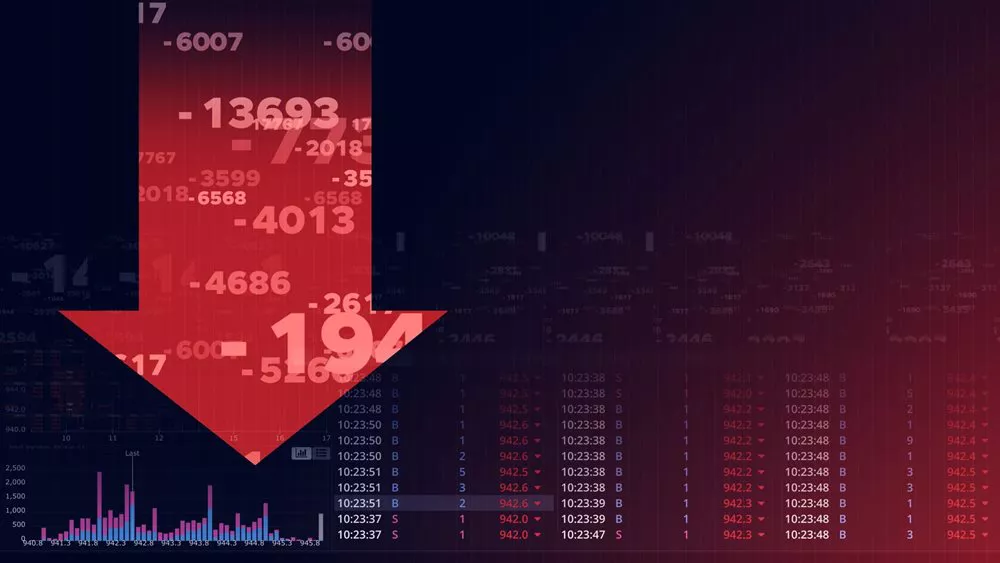Short squeeze stocks have gained significant attention in recent years, particularly due to events involving companies like GameStop and AMC. Understanding how to find short squeeze stocks, why they become short squeeze targets, and how to identify the potential for a squeeze is crucial for investors. This article aims to provide a clear, professional guide on how to find short squeeze stocks, using easy-to-understand concepts and strategies.
What is a Short Squeeze?
Before diving into the methods of finding short squeeze stocks, it’s essential to understand what a short squeeze is. A short squeeze occurs when a stock that has been heavily shorted suddenly experiences a rapid price increase. This increase forces short sellers to buy back shares to cover their positions, which can result in even higher prices in a feedback loop.
The Mechanics of a Short Squeeze
Short Selling: Investors who believe a stock’s price will fall may engage in short selling. This involves borrowing shares and selling them at the current market price, with the intention of buying them back at a lower price.
The Squeeze: When the stock price starts rising instead of falling, short sellers face losses. To limit their losses, they are forced to buy back shares, creating additional demand. This increased demand pushes the stock price even higher, which can cause a short squeeze.
Understanding these mechanics is key to finding short squeeze opportunities. The process depends heavily on factors like the level of short interest in a stock and the availability of shares for borrowing.
Key Indicators to Identify Short Squeeze Stocks
Several indicators and metrics can help investors identify potential short squeeze stocks. These factors signal when a stock may be primed for a short squeeze, allowing you to make more informed decisions. The following key metrics are crucial:
1. Short Interest Ratio
The short interest ratio, or days to cover, is one of the most important indicators for identifying a potential short squeeze. It is calculated by dividing the number of shares that are shorted by the average daily trading volume. A higher short interest ratio suggests that it would take longer for short sellers to cover their positions, which increases the potential for a squeeze.
How to interpret the short interest ratio:
High Short Interest Ratio: A ratio above 10 days is often considered high and may indicate a stock with significant short interest. If other factors (like a strong earnings report or market news) trigger buying interest, the stock could experience a squeeze.
Low Short Interest Ratio: A ratio under 3 days suggests low short interest, which means the stock is less likely to experience a short squeeze.
2. Short Percent of Float
The short percent of float is another crucial metric. It refers to the percentage of a company’s outstanding shares (or float) that are currently shorted. A high short percentage indicates that many investors are betting against the stock, which can create the conditions for a squeeze.
How to interpret the short percent of float:
High Short Percent of Float: A figure of 20% or higher is often seen as significant. A stock with a high short interest could be vulnerable to a short squeeze if positive news or other catalysts cause its price to rise quickly.
Low Short Percent of Float: A low short interest (below 5%) suggests there may not be enough short interest for a squeeze to occur.
3. Borrowing Costs
Stocks with high short interest tend to have high borrowing costs. When a stock is difficult to borrow, lenders demand higher fees. If the borrowing costs are high, this can limit the ability of short sellers to maintain their positions.
How to interpret borrowing costs:
High Borrowing Costs: When borrowing costs rise, short sellers may decide to cover their positions to avoid excessive fees, which can trigger a short squeeze.
Low Borrowing Costs: If borrowing costs are low, short selling is more attractive, and there is less risk of a squeeze.
4. Rising Stock Volume
Volume is a key indicator of market activity. An increase in trading volume is often an early warning sign of a short squeeze. A sudden surge in volume may indicate that buyers are entering the stock, forcing short sellers to cover their positions.
How to interpret rising volume:
Sudden Increase in Volume: If a stock experiences a sudden increase in volume alongside a rising price, it may indicate that a short squeeze is underway. This is especially true if the volume surpasses the average volume of the past few weeks or months.
Consistent Low Volume: If a stock has low volume and does not experience any significant price moves, it may not be a good candidate for a short squeeze.
5. Catalysts for Price Movement
Catalysts can drive short squeezes by attracting new buyers to the stock. These catalysts can be earnings reports, product launches, regulatory approvals, or even social media discussions. When a positive catalyst is released for a heavily shorted stock, it can trigger panic buying among short sellers, pushing the price higher.
How to interpret catalysts:
Positive News: Any positive news about the company can spark a buying frenzy. If the news coincides with high short interest, it can quickly lead to a short squeeze.
Analyst Upgrades: When analysts upgrade a stock with high short interest, it can prompt short sellers to cover, further increasing demand and leading to a short squeeze.
Tools and Resources for Finding Short Squeeze Stocks
Now that you understand the key indicators of a short squeeze, it’s time to look at the tools and resources available to identify these opportunities. There are several platforms and websites that provide data on short interest and other metrics useful for spotting short squeeze candidates.
1. Finviz
Finviz is a powerful stock screening tool that allows users to filter stocks based on various criteria, including short interest, price movement, and volume. Using the platform’s screener, you can search for stocks with high short interest ratios and significant short percent of float.
2. Ortex
Ortex is a popular tool for tracking short interest and borrow rates. The platform provides detailed insights into a stock’s short interest, borrowing costs, and other data crucial for identifying short squeeze candidates.
3. Fintel
Fintel offers detailed short interest data, including the short percent of float, short borrow fees, and more. The platform also tracks stocks that have a significant chance of experiencing a short squeeze, based on its data and algorithms.
4. Yahoo Finance and MarketWatch
Both Yahoo Finance and MarketWatch offer free tools for tracking stock prices, news, and volume. While they do not provide short interest data directly, they are useful for monitoring stocks that are experiencing large price movements and increased volume.
5. Social Media and Forums
Sites like Reddit (specifically, subreddits like r/WallStreetBets), Twitter, and StockTwits often provide insights into stocks that may be primed for a short squeeze. Social media discussions can quickly move markets, and traders often look for stocks with high short interest that are gaining attention.
How to Analyze and Avoid Risks
While short squeezes can provide massive profits, they come with significant risks. Before diving into short squeeze stocks, it’s essential to understand the potential risks and how to mitigate them.
1. Market Timing
Timing is crucial when trading short squeeze stocks. If you enter too late, the price may have already increased significantly, leaving you with a smaller margin for profit. On the other hand, entering too early can expose you to losses if the squeeze doesn’t materialize.
2. Volatility
Short squeeze stocks are notoriously volatile. While this volatility can result in significant gains, it can also lead to rapid losses. Always set stop-loss orders to protect your investment, and consider using options as a way to hedge your risk.
3. Fundamentals
Always consider the underlying fundamentals of the stock. A short squeeze driven by hype or social media discussions may not be sustainable in the long run. Invest in companies with strong fundamentals to avoid being caught in a short squeeze that could ultimately reverse.
Conclusion
Finding short squeeze stocks requires a thorough understanding of key metrics like short interest, borrowing costs, trading volume, and market catalysts. By using the right tools and indicators, you can spot opportunities early and make more informed decisions.
However, it’s essential to approach short squeeze stocks with caution. Their volatility and the risks associated with timing make them a challenging yet potentially rewarding investment strategy. Always conduct proper research, use risk management techniques, and stay informed about the latest news and market movements.
In conclusion, short squeeze stocks present a unique opportunity for those who know how to identify them. By focusing on key indicators and using the right tools, you can increase your chances of success while managing the inherent risks of this high-reward strategy.
Related topics:






























